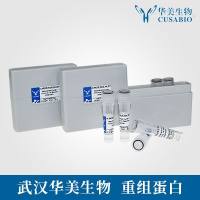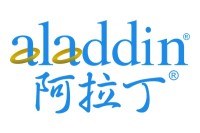Enzymatic Synthesis of Glycosides in Aqueous-Organic Two-Phase Systems and Supersaturated Substrate Solutions
互联网
456
In order to prepare anomerically pure glycosides by traditional chemical methods, it is either necessary to perform a conventional protection/activation/coupling/deprotection sequence or to synthesize the glycoside as a mixture of anomers which require subsequent resolution (1 ,19 ). Enzymes have a dual attraction as catalysts for this type of reaction. First, a wide range of very inexpensive glycosidases are available commercially; second, they provide absolute stereochemical control at the anomeric center of the newly synthesized glyco-sydic bond. Consequently, the synthetic potential of glycosidases has been actively explored over the last decade with considerable research focusing on the use of enzymes for the preparation of oligosaccharides. Keen interest in the development of enzymatic methods for the glycosylation of sugars arose from drawbacks associated with conventional coupling chemistry and the requirement for regioselective protection of hydroxyl groups. Despite notable successes (see other chapters in this book), the control of regioselectivity in glycosidase-catalyzed reactions remains the major challenge in this area (2 ), with the efficiency of glycosylation arguably being a secondary issue.








